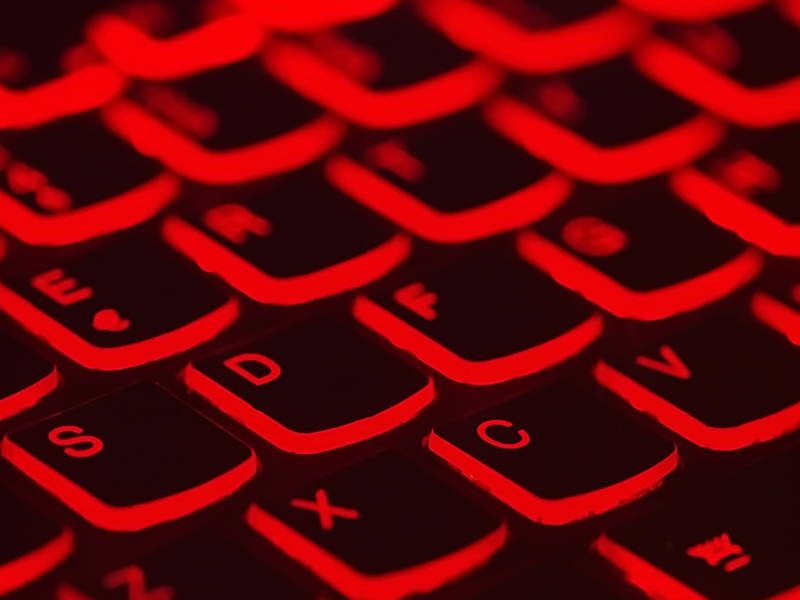Currently, we are in the 4th industrial revolution (Marr, 2019). Technologies are evolving quickly and we have to keep up, otherwise we will be left behind (Marr, 2019). One of those quickly changing technologies is Artificial Intelligence (AI) (Duan, Edwards, & Dwivedi, 2019). The rise of AI is partly because of supercomputing power and big data technologies (Duan et al., 2019). AI could be defined as the ability of machines to further develop themselves with the help of previous experiences, adjusting to new inputs, and having the ability to perform human-like tasks (Duan et al., 2019).
AI and the Internet of Things (IoT) also influence the healthcare industry (Philips, 2020). A recent development in the healthcare industry is the emerging technology of personalized and predictive healthcare (Marr, 2019). This is needed since patients are demanding personal care and do not want to be treated like ‘everyone else’ (Philips, 2020).
This emerging technology will come in different forms. First of all, patient treatments will know more personalized approaches, also called precision medicine (Marr, 2019). This will enable doctors to be more precise with prescribing medicines and applying treatments. In addition, AI will provide a better understanding of how different people’s bodies will react to certain diseases and which way of treatment will work best (Marr, 2019). Some real-life examples of the use of AI and IoT in healthcare are: detecting early signals of deterioration of patients, giving predictive care at home for at-risk patients, and the ability to recognize equipment maintenance needs before they occur (Philips, 2020).
A way to gather such information on people is through wearables like smartwatches (Marr,2019). In these wearables, sensors are included that measure heart rate, daily steps and more. This enables firms to gather data from human vital signs and activities (de Arriba Pérez, Caeiro Rodriguez & Santos, 2016). A question that arises is whether this is ethically responsible?
References
De Arriba Pérez, F., Caeiro Rodriguez M., & Santos J. M. (2016). Collection and processing of data from wrist wearable devices in heterogeneous and multiple-user scenarios. Sensors, 16(9), 1538.
Duan, Y., Edwards, J. S., & Dwivedi, Y. K. (2019). Artificial Intelligence for decision making in the era of big data- evolution, challenges and research agenda. International Journal of Information Management, 48, 63-71.
Marr, B. (2019, 30 Sep). The 7 biggest technology trends in 2020 everyone must get ready for now. [online’]. Forbes. Retrieved from: https://www.forbes.com/sites/bernardmarr/2019/09/30/the-7-biggest-technology-trends-in-2020-everyone-must-get-ready-for-now/#49fcfe0b2261 [Accessed 06-10-2020].


